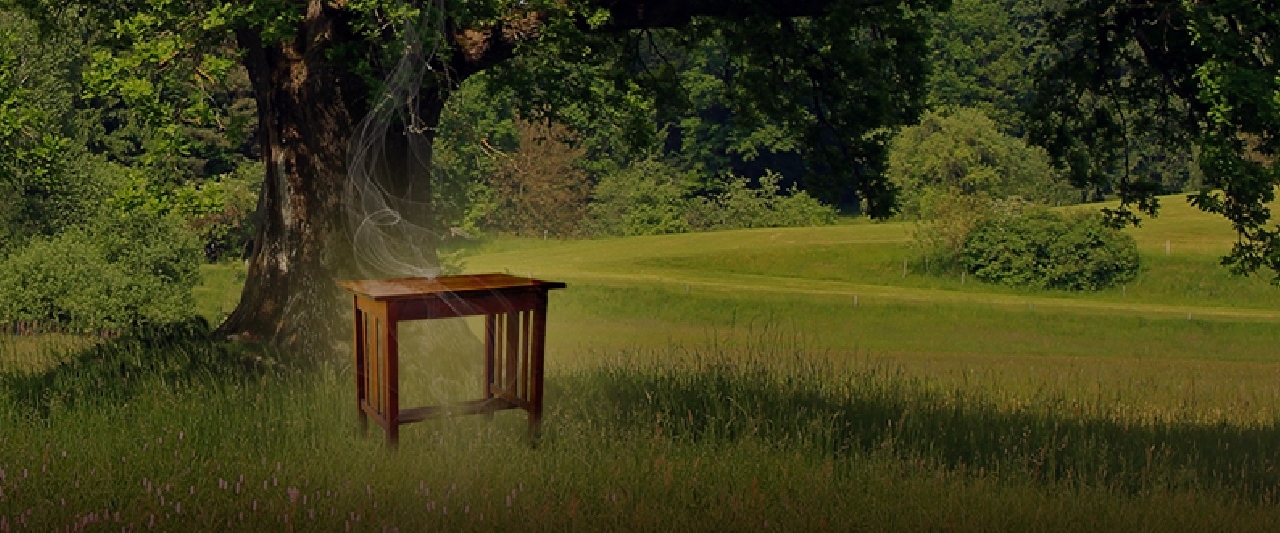

I knew the story well – retold hundreds of times in my family – that in 1874, my great-grandfather traveled from California back to his hometown in Niles, Michigan, to ask my great-grandmother to marry him and return to his ranch in Yolo, California.
Simple facts. That is, until I started to do research for her Biography to reconstruct what might have actually happened. Writing fiction is fun. You can just make up events, people, and conversations to suit your story, as I did in Heart Wood, a fictionalized inspiration of my Great-grandmother’s life.
But writing an historical Biography is like writing with one hand tied behind your back. There’s so many constraints: everything must be documented and verified, with no conjecture, imagining, or creativity . . . Darn.
But I’m always up for learning new things, and now my brain synapses are tingling with this new challenge.
Here’s my dilemma.
The scene opens in 1874 with Emily Anna Bacon, age 20, now at the end of her first six months of teaching high school in Niles, Michigan. She’s worked hard to get here – especially as a female in the late-1800s when it was more common for a girl to go to finishing school after eighth grade to learn the home arts and attract a husband. But Emily grew up in a household that valued education – her four brothers were all attorneys and her father a district judge. So in 1869, she enrolled in the Michigan Female Seminary in Kalamazoo, 75 miles from home. From the course catalogue, I know that she graduated in 1873 with knowledge of Latin, Botany, Algebra, Essay Writing, Geography, the Bible, Physiology, History, Government, English Literature, Trigonometry, Chemistry, Art History, Astronomy, and more. Whew!
Missing are her grades and any personal letters or journal, so I can’t write how she felt about her education, but I do know by comparing dates, that her father died about her first week of starting school. That must have affected her deeply.
Enter Charles Rossiter Hoppin in 1874, an old family friend recently returned to Niles from the California farm he built during the Gold Rush. What did he say to convince her to marry a 47-year-old Scottish bachelor farmer and leave her teaching job, four years of education, widowed mother, brothers, sisters, and girlfriends – to travel to the unknown of California?
I envision Biographies as like Weavings – comprised of threads, colors, patterns, textures, and holes. The more I research, the more holes I encounter. I’m not an historian, but I’m learning how to work with these gaps in information. Sometimes with enough sleuthing, I can dig up some facts (thanks to the professional Archivists who’ve helped me). Sometimes I look around at what others in similar situations have done (such as examples from other similar women’s diaries). I can also work around the hole by not mentioning it at all. If the reader won’t notice, this is often the easiest.
Still, I do wonder what he whispered in her ear. . .

I am currently working on the Life and Times of Emily Hoppin – Yolo Pioneer and Activist who I first introduced as the inspiration for Eliza in my eco-novel, Heart Wood – Four Women, for the Earth, for the Future.
Website: shirleydickard.com
Contact the author at: heartwoodnovel@gmail.com
Heart Wood can be purchased at your local book store and online at Amazon





















































